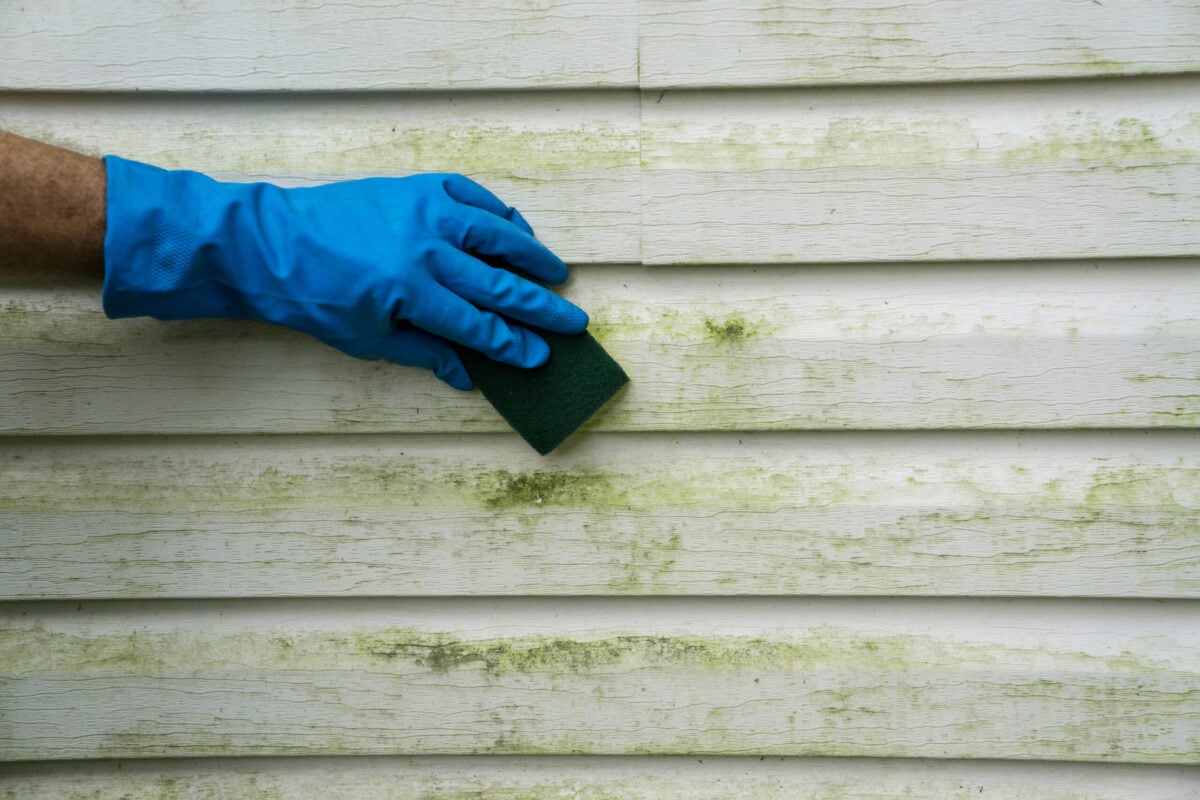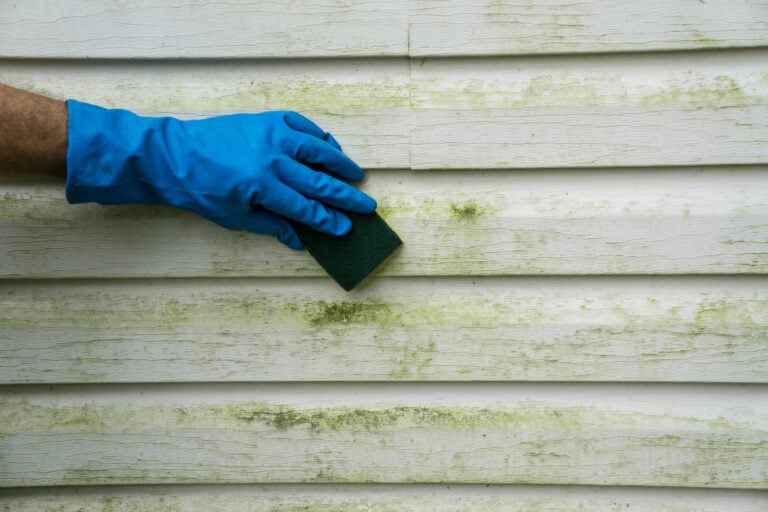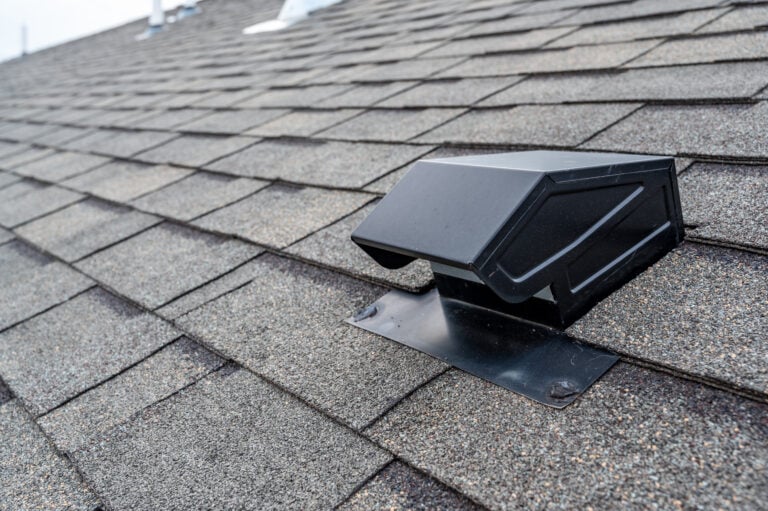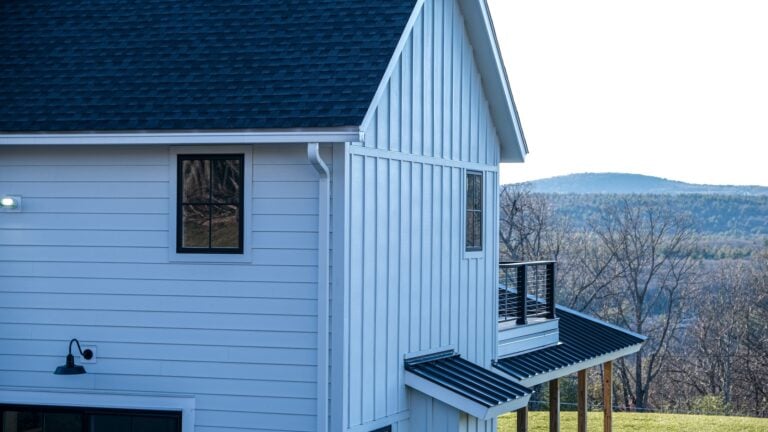Proper vinyl siding maintenance is essential for protecting your home’s exterior and preserving its value. Without regular care, even the most durable siding can deteriorate, leading to costly repairs and reduced curb appeal. Whether you’re a new homeowner or looking to improve your current maintenance routine, understanding how to care for your vinyl siding will save you money and keep your home looking its best for years to come.
At Best Exteriors, we’ve helped countless Columbus homeowners maintain and upgrade their siding systems with professional expertise and quality materials. Our team knows that proper maintenance is the key to maximizing your siding investment.
This comprehensive guide will cover:
- Why vinyl siding maintenance matters for your home’s protection and value
- Step-by-step maintenance tips to keep your siding in excellent condition
- Common problems to watch for and how to address them
- When to call professionals for siding repairs or replacement
🏠 Why Vinyl Siding Maintenance Is Important
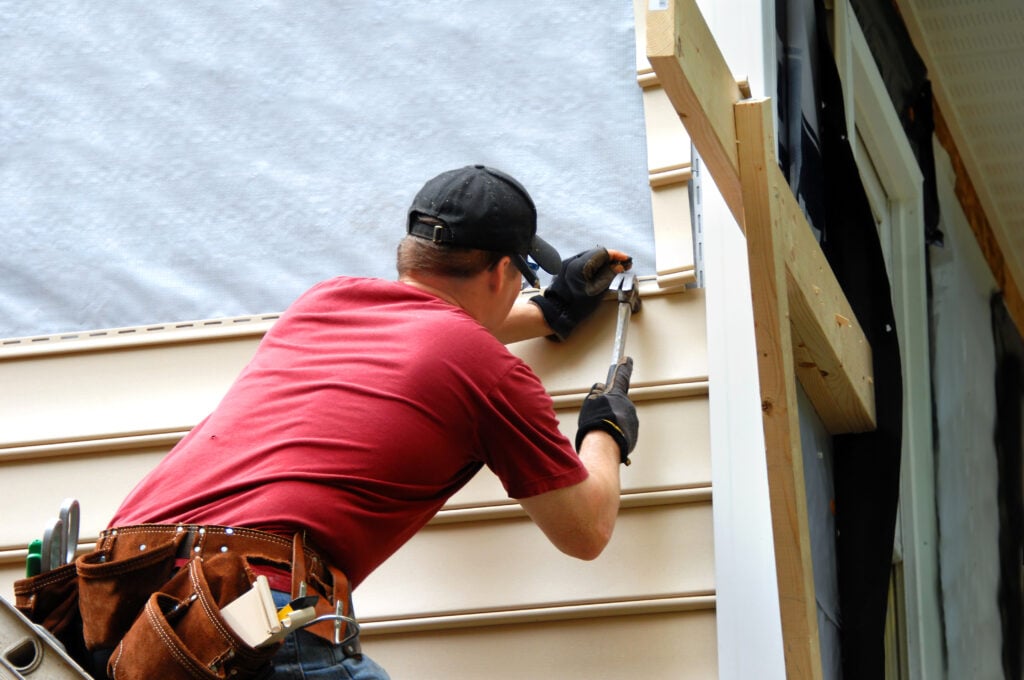
Regular vinyl siding maintenance protects your home from weather damage, pest intrusion, and structural issues that can cost thousands to repair. Well-maintained siding also enhances your property’s curb appeal and can increase its resale value significantly.
Here are the key benefits of staying on top of your siding maintenance:
- Prevents water damage: Routine maintenance seals gaps and cracks in your siding, stopping moisture from seeping in and causing structural damage, mold, or rot.
- Maintains energy efficiency: Well-cleaned and properly sealed siding improves insulation, helping your home stay warm in winter and cool in summer, lowering energy bills.
- Preserves home value: Keeping your siding in good shape enhances curb appeal, protects your home’s exterior, and prevents costly issues that could decrease its market value.
- Extends siding lifespan: Regular cleaning and repairs ensure your vinyl siding stays durable, potentially lasting 20 to 40 years or even longer without the need for replacement.
- Saves money long-term: By addressing minor issues early, you can avoid expensive repairs or premature siding replacements, saving significant costs over time.
🔧 7 Best Vinyl Siding Maintenance Tips For Homeowners
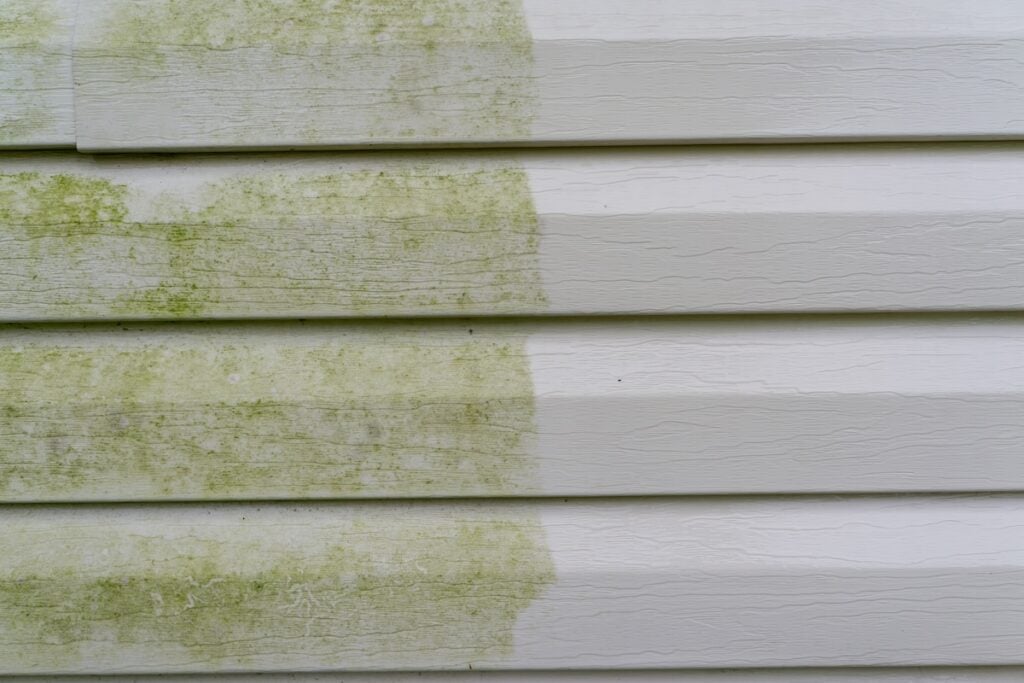
Taking care of your vinyl siding doesn’t require professional tools or extensive expertise. These proven maintenance strategies will help you protect your investment and keep your home’s exterior in top condition.
1. Clean Your Siding Regularly
Keeping your siding clean is one of the easiest ways to maintain its appearance and structural integrity. Over time, dirt, mildew, and stains can build up, leading to permanent discoloration or even damage. Regular cleaning helps prevent this.
- How to Clean: Use a soft-bristled brush or a cloth dipped in a mixture of mild detergent and water. Avoid abrasive tools or strong chemicals that can scratch or damage the surface.
- Cleaning Technique: Start at the bottom and work your way up to avoid streaking. Once finished, rinse thoroughly from the top down to remove all soap residue. For particularly tough stains, consider using a pressure washer on a low setting, but ensure it’s safe for your siding material.
- Frequency: Aim to clean your siding at least once or twice a year, or more often if you live in an area with heavy rainfall, pollen, or pollution.
2. Inspect for Cracks and Damage
Regular inspections are key to catching small issues before they become costly repairs. Cracks, warping, and loose panels not only affect your siding’s appearance but can also let moisture in, leading to rot or mold.
- What to Look For: After severe weather events, check for loose, cracked, or warped panels. Also, inspect corners, edges, and seams for gaps where water or pests could enter.
- When to Inspect: Seasonal inspections are ideal, especially during the spring and fall or after heavy storms.
- Take Action: If you notice damage, address it immediately to prevent further issues. Replace damaged panels or use a professional to ensure repairs are done correctly.
3. Clear Vegetation and Debris
Plants and debris near your siding may seem harmless, but they can cause significant problems over time. Vegetation traps moisture, leading to rotting wood or mold growth, and can even create pathways for pests to access your home.
- Trim Plants: Keep bushes and trees at least 12 inches away from your siding to allow for proper airflow and prevent moisture buildup. Overgrown branches can also scratch or damage siding during storms.
- Remove Debris: Regularly clear leaves, dirt, and any debris that accumulates around the foundation or behind downspouts to maintain proper drainage and reduce the risk of pests.
- Frequency: Check and clear vegetation monthly, and more often during fall or after bad weather.
4. Check and Maintain Caulking
Caulking plays a vital role in preventing water infiltration and maintaining your home’s energy efficiency. Over time, caulk can deteriorate due to weather exposure, leading to gaps that let moisture in.
- When to Inspect: Check caulking annually, especially around windows, doors, trim, and any joints or seams in your siding.
- What to Look For: Look for cracks, gaps, or signs of wear in the caulking. These are weak points that can allow water to seep in and cause damage.
- How to Replace: If you spot deteriorating caulk, remove it using a putty knife or scraper, clean the area thoroughly, and apply a high-quality exterior-grade sealant. Use a caulking gun for even application, and ensure the caulk is fully cured before exposure to rain.
5. Address Stains and Discoloration Promptly
Stains and discoloration can detract from your home’s curb appeal and even lead to long-term damage if not handled quickly. Whether it’s mildew, oil, or rust, acting fast is essential.
- Identify the Stain: Use the appropriate cleaner for the type of stain. For mildew or mold, mix a bleach solution (one part bleach to four parts water). For oil stains, use a degreaser.
- Test First: Before applying any cleaner, test it on an inconspicuous area of your siding to ensure it won’t cause discoloration or damage.
- Act Quickly: The sooner you clean the stain, the easier it will be to remove. Prolonged exposure can cause stains to set, requiring harsher cleaning methods.
- Prevent Future Stains: Keep gutters clean and ensure proper drainage to prevent water from running down your siding, which can lead to staining.
6. Monitor Drainage Systems
Water is one of the biggest threats to your siding and home structure, making proper drainage essential. Poor drainage can lead to siding damage, foundation issues, and costly repairs.
- Clean Gutters: Regularly clear gutters of leaves and debris to prevent overflows that can cause water to run down your siding.
- Check Downspouts: Ensure downspouts are directing water at least five feet away from your home’s foundation. Use splash blocks or extensions to help with water redirection.
- Inspect During Rain: Watch how water flows around your home during heavy rain to ensure drainage systems are functioning properly. Adjust or repair as needed to prevent water from pooling near your siding or foundation.
7. Perform Seasonal Touch-ups
Seasonal maintenance helps keep your siding in top shape, extending its lifespan and keeping your home looking great year-round.
- Tighten Panels: Secure any loose panels to prevent wind damage. Loose siding can also allow water or pests to get behind it.
- Replace Damaged Pieces: If you find cracked or severely damaged panels, replace them as soon as possible to avoid further issues.
- Seal Gaps: Apply fresh caulk or sealant where needed, especially before winter. This creates a strong barrier against cold air and moisture.
- Paint Touch-ups: For painted siding, touch up any areas where paint has chipped or peeled to maintain its protective coating.
- Inspect Before Winter: Addressing issues in fall ensures your siding is ready to withstand harsh winter conditions like snow, ice, and freezing temperatures.
By following these expanded steps, you can keep your siding in excellent condition, protect your home, and avoid costly repairs down the road.
⚠️ Common Vinyl Siding Problems to Watch For
Understanding potential siding issues helps you identify problems early and take corrective action before damage spreads. Even high-quality vinyl siding can develop problems over time due to weather exposure, settling, or improper installation.
Warping and Buckling
Temperature fluctuations cause vinyl to expand and contract, potentially leading to warped or buckled panels. This often indicates improper installation or insufficient expansion gaps. Address warping quickly to prevent water infiltration and further structural damage.
Fading and Chalking
UV exposure gradually breaks down vinyl’s color and surface texture, causing fading and a chalky residue. While some fading is normal, excessive discoloration may indicate lower-quality materials or the need for replacement in high-exposure areas.
Pest Damage
Insects and small animals can create holes or nests behind siding panels. Regular inspection of corners, eaves, and areas near vegetation helps identify pest activity early. Seal entry points and address infestations promptly to prevent structural damage.
Moisture Problems
Water infiltration behind siding panels can cause mold, rot, and structural damage. Look for water stains, soft spots, or musty odors that indicate moisture issues. Proper ventilation and moisture barriers are essential for preventing these problems.
🏡 Ready to Upgrade Your Home’s Exterior?
Proper vinyl siding maintenance protects your investment and keeps your home looking beautiful for decades. By following these maintenance tips consistently, you’ll prevent costly repairs and ensure your siding continues to protect your family and property.
However, there comes a time when maintenance isn’t enough, and replacement becomes the smarter choice. If your siding shows extensive damage, frequent problems, or simply looks outdated, it may be time to consider an upgrade.
At Best Exteriors, we specialize in high-quality siding installation and maintenance services throughout Columbus, Ohio. Our experienced team can assess your current siding, recommend the best maintenance approach, or help you explore upgrade options that enhance your home’s protection and curb appeal. Contact us today for a free consultation and discover how we can help you achieve the beautiful, durable exterior your home deserves.
